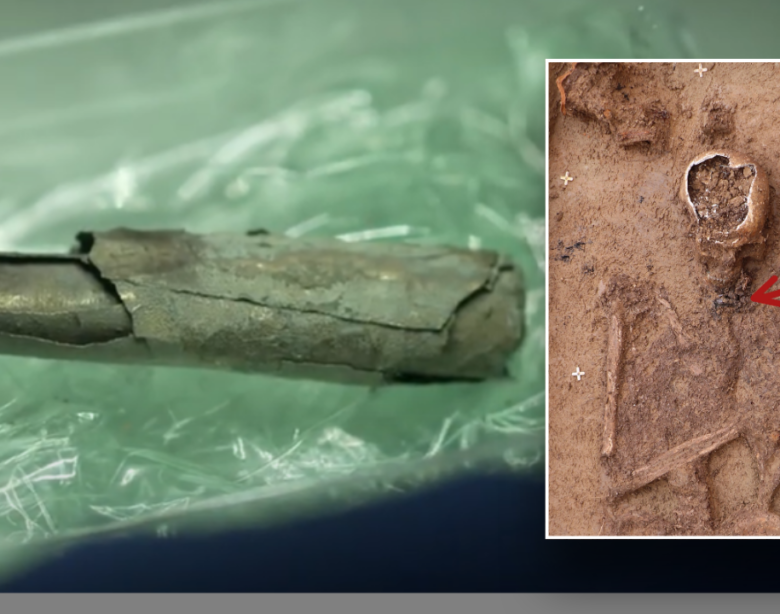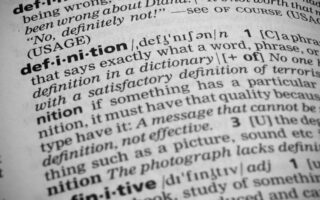[ad_1]
The earliest known evidence of Christianity in northern Italy was recently revealed. This by an archaeologist This discovery is called one of “The most important testimony of early Christianity”
The artifact was released by the Frankfurt Archaeological Museum last week. It is called the Frankfurt Silver Inscription. The inscription, discovered in 2018, was analyzed and studied for many years before it was finally released to the public this month.
The Frankfurt Silver Inscription is an engraving on silver foil consisting of 18 lines written in Latin. It dates from 230 to 260 AD and was discovered wrapped in a small silver amulet.
In the press release translated from German The museum explains that the artifact was found in a 3rd century tomb in Hessen. Germany In the area that was once the former Roman city of Nida. The inscription begins: “In the name of Saint Titus, holy, holy, holy! In the name of Jesus Christ The Son of God!”
Artifact with strange inscription unearthed at holy site in Jerusalem: ‘unusual place’
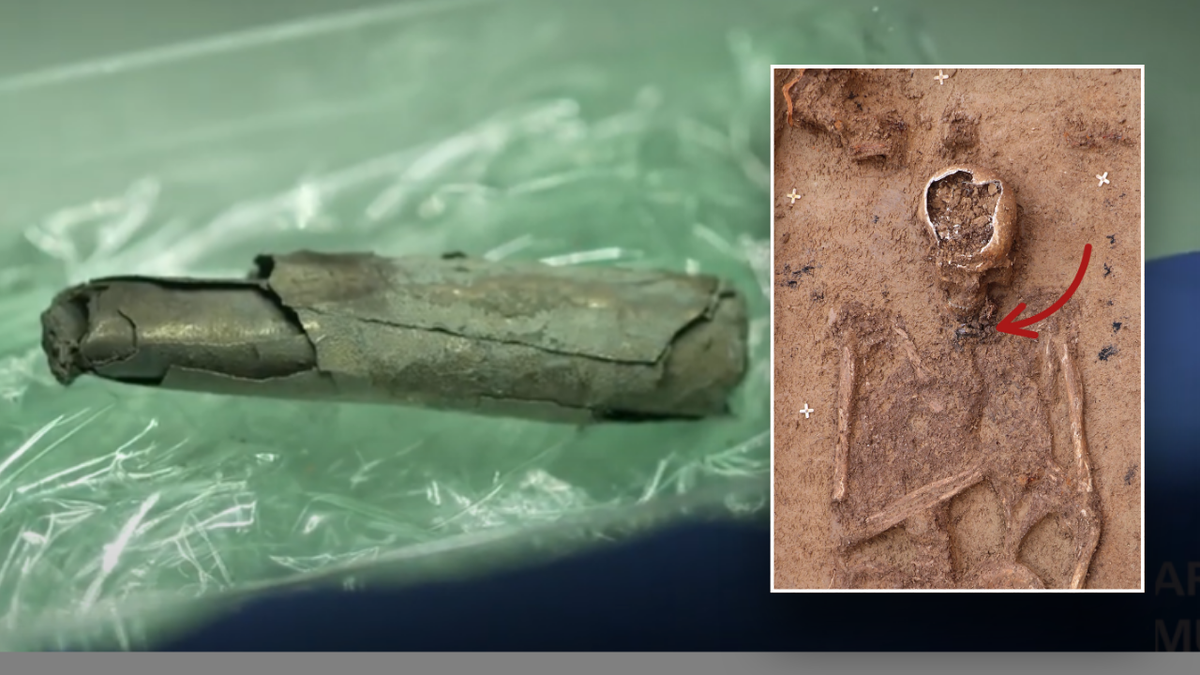
Recently, experts have decoded and revealed the earliest evidence of Christianity north of the Alps. Found in a 3rd century tomb. (Frankfurt Archaeological Museum)
Saint Titus was a first-century Christian missionary and student of the Apostle Paul. The inscription also calls for protection from the amulet. “The man who gave according to the will of the Lord Jesus Christ. Son of God”
“Heaven and earth and underground and every tongue confess. (Toward Jesus Christ),” the message concludes.
This inscription is written in Latin. It took several weeks to decipher due to its deteriorated condition. Archaeologists need to “Digitally unfold a piece of silver foil” that has been damaged for about 1,800 years.
By using computerized tomography and state-of-the-art technological equipment. The message was finally decoded in May. Then there was a long period of translation.
Archaeologists have discovered one of the oldest Christian churches in the world.
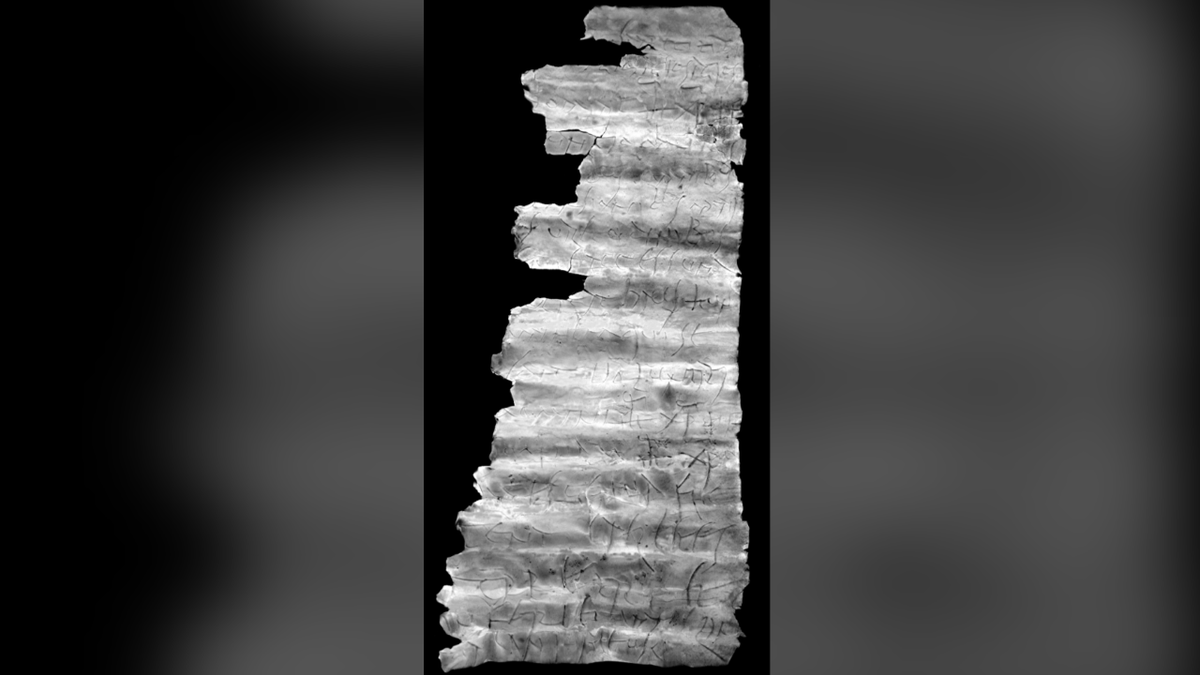
Early Christian inscriptions were written in Latin. which was considered unusual in those days (Frankfurt Archaeological Museum)
“Sometimes it takes weeks or months before I come up with the next idea,” Markus Scholz, a professor at Goethe University, says of the translation process. “I brought in experts from the history of theology. above all else And we studied the content piece by piece and finally decoded it.”
Scholz added that the inscription was “very complex” and called the author “a very complicated figure.” “A refined writer”
“It is unusual for this inscription to be entirely in Latin,” Scholz said. “This time is unusual. Such inscriptions were usually written on amulets in Greek or Hebrew.”
Not only was the inscription not written in Hebrew; But it still doesn’t refer to Judaism at all. And it doesn’t have any pagan elements. which makes it even more unique.
Click here to subscribe to our lifestyle newsletter.
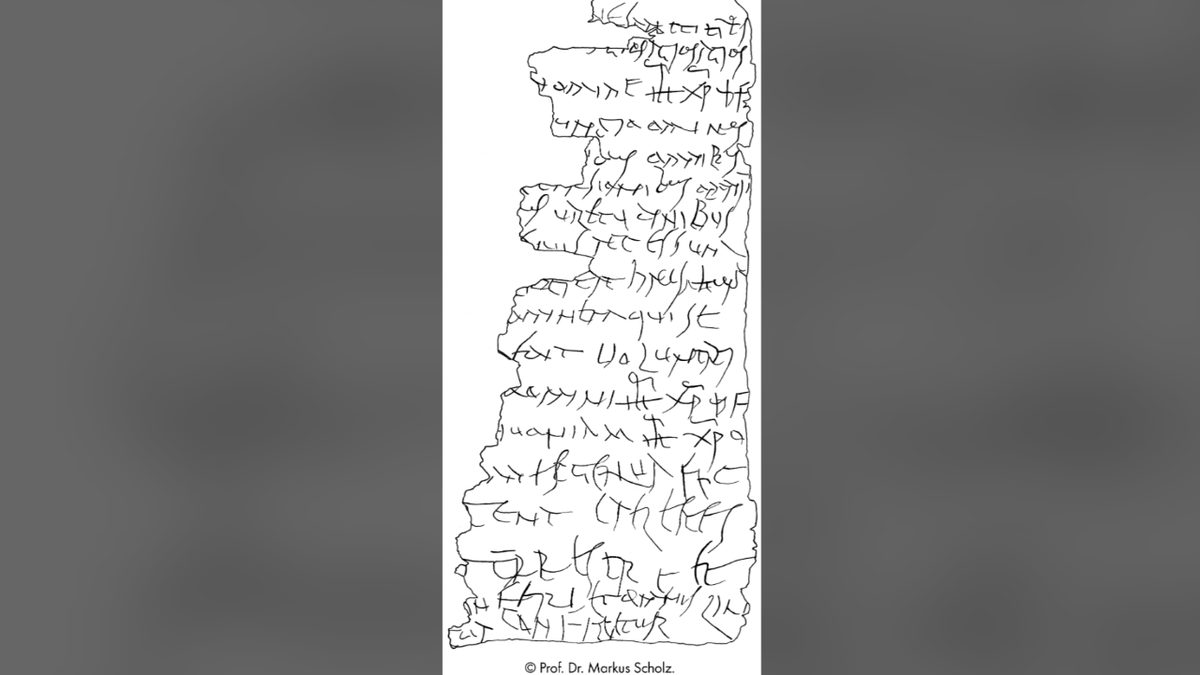
The silver foil is “digitally unfolded” and translated by experts. (Frankfurt Archaeological Museum)
“It is unusual that there is no reference in the inscription to any faith other than Christianity,” the museum press release adds. “Normally until the 5th century, a mix of different faiths could be expected with precious metal amulets. This type Often there are also elements of Judaic or pagan influences.”
“But in this amulet both the LORD The Great God of Judaism Nor were Archangels Raphael, Gabriel, Michael or Suriel mentioned. There were no ancestors of Israel like Isaac or Jacob. And there are also no pagan elements like demons. This amulet is purely Christian.”
The press release called the invention “One of the most important testimonies of early Christianity throughout the world.”
For more lifestyle articles, visit foxnews.com/lifestyle.
“Until now, there has been no real proof of the early days. of Christianity north of the Alps,” the statement explained. “Other discoveries All of them are at least 50 years younger.”
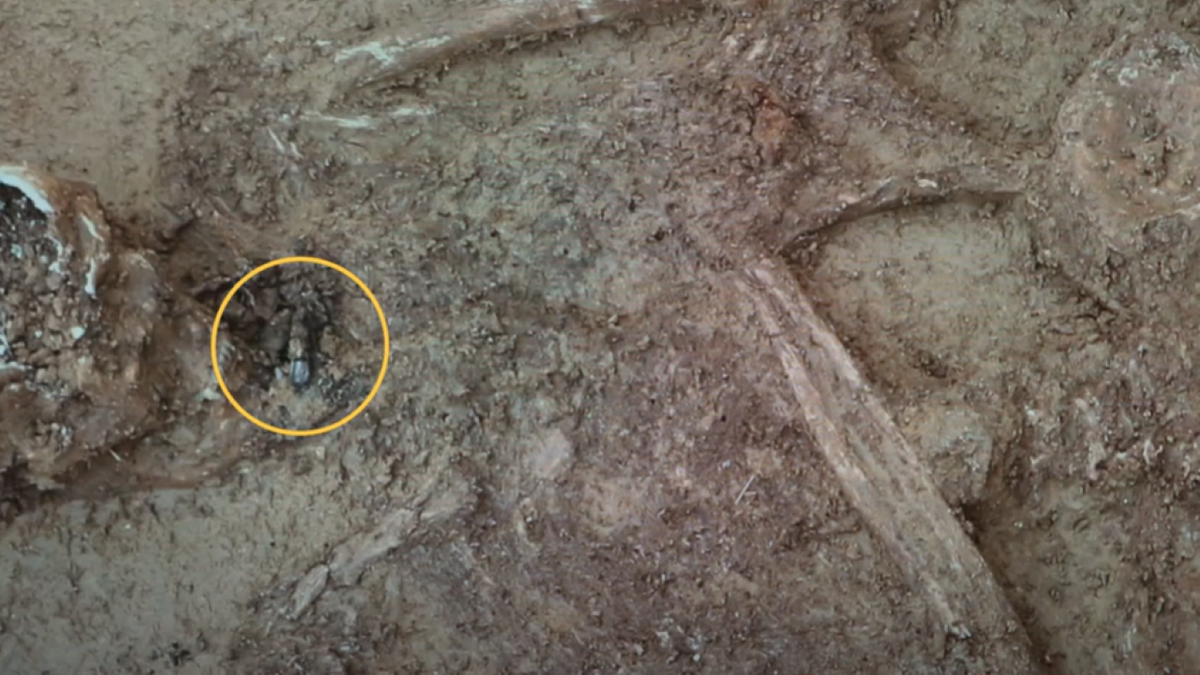
Silver foil was found in a third century grave. (Frankfurt Archaeological Museum)
“There are historical references to the first Christian groups in Gaul and perhaps also in the province of Upper Germania in the late 2nd century,” the statement added. “however Some evidence exists for Christian life in the northern Alpine areas of the Roman Empire. They generally only come from the 4th century AD.”
CLICK HERE TO GET THE FOX NEWS APP
“Experts agree that these 18 lines greatly complement previous research on the spread of Christianity and the late period of Roman rule on the right flank of the Rhine.”
[ad_2]
Source link
